Glabridin Extract Benefits
Glabridin, a key component extracted from licorice root, has garnered significant attention in the skincare and health industries due to its remarkable properties. This potent natural compound offers a wide array of benefits, particularly for skin health and anti-aging applications. In this comprehensive guide, we'll explore the various advantages of glabridin extract and how it can revolutionize your skincare routine.
How Does Glabridin Provide Antioxidant Protection?
Glabridin's antioxidant properties are one of its most notable features. This powerful compound helps protect the skin from oxidative stress, which is a major contributor to premature aging and various skin issues.
The antioxidant effects of glabridin work through several mechanisms:
- Neutralizing free radicals: Glabridin can scavenge and neutralize harmful free radicals, preventing them from damaging skin cells and collagen fibers.
- Enhancing cellular antioxidant defenses: It stimulates the production of endogenous antioxidants within skin cells, bolstering their natural defense mechanisms.
- Protecting against UV-induced damage: Glabridin has been shown to mitigate the harmful effects of UV radiation on the skin, helping to prevent photoaging.
These antioxidant properties make glabridin powder a valuable ingredient in skincare formulations aimed at preventing and reversing signs of aging. By incorporating products containing glabridin into your skincare regimen, you can help shield your skin from environmental stressors and maintain a youthful, radiant complexion.

Can Glabridin Help Reduce Inflammation?
Inflammation is a common underlying factor in many skin conditions, from acne to rosacea. Glabridin has demonstrated significant anti-inflammatory properties, making it a promising natural solution for managing various skin concerns.
The anti-inflammatory effects of glabridin are multifaceted:
- Inhibition of inflammatory mediators: Glabridin can suppress the production and activity of pro-inflammatory molecules, helping to calm irritated skin.
- Modulation of immune responses: It has been shown to influence immune cell function, potentially reducing excessive inflammatory reactions in the skin.
- Soothing sensitive skin: The anti-inflammatory properties of glabridin make it particularly beneficial for those with sensitive or reactive skin types.
By incorporating pure glabridin powder into skincare products, formulators can create effective solutions for addressing inflammation-related skin issues. This natural compound offers a gentler alternative to harsh synthetic anti-inflammatory agents, making it suitable for a wide range of skin types and concerns.

What Role Does Glabridin Play in Anti-Aging Formulations?
Glabridin has become increasingly popular in anti-aging skincare formulations due to its multifaceted benefits for maintaining youthful, healthy skin. Its role in combating the signs of aging is both preventive and restorative.
Key anti-aging benefits of glabridin include:
- Skin brightening: Glabridin has been shown to inhibit tyrosinase, an enzyme involved in melanin production. This property helps in reducing hyperpigmentation and promoting a more even skin tone.
- Collagen protection: By neutralizing free radicals and reducing inflammation, glabridin helps protect existing collagen fibers from breakdown, maintaining skin firmness and elasticity.
- Enhancing skin barrier function: Glabridin may help strengthen the skin's natural barrier, improving hydration and protecting against environmental stressors.
- Promoting cell turnover: Some studies suggest that glabridin may enhance skin cell renewal, contributing to a fresher, more youthful appearance.
The combination of these effects makes glabridin powder a versatile and potent ingredient in anti-aging skincare products. From serums to creams, glabridin can be incorporated into various formulations to address multiple signs of aging simultaneously.
Moreover, glabridin's natural origin makes it an attractive option for consumers seeking clean, plant-based skincare solutions. As the demand for natural anti-aging ingredients continues to grow, glabridin is likely to play an increasingly prominent role in the beauty industry.

Harnessing the Power of Glabridin in Skincare
To fully leverage the benefits of glabridin in skincare, it's crucial to use high-quality pure glabridin powder. The concentration and purity of the extract can significantly impact its efficacy in final formulations.
When incorporating glabridin into skincare products, consider the following factors:
- Concentration: The optimal concentration of glabridin may vary depending on the specific formulation and intended benefits. Working with experienced formulators can help determine the most effective dosage.
- Stability: Glabridin is sensitive to oxidation, so proper packaging and stabilization techniques are essential to maintain its potency throughout the product's shelf life.
- Synergistic ingredients: Combining glabridin with complementary active ingredients can enhance its overall efficacy. For example, pairing it with vitamin C or niacinamide may boost its skin-brightening effects.
- Delivery systems: Advanced delivery systems, such as liposomes or nanoencapsulation, can improve the penetration and bioavailability of glabridin in the skin.
By carefully considering these factors, skincare formulators can create innovative, highly effective products that harness the full potential of glabridin for skin health and anti-aging benefits.
To explore how pure, high-quality pure glabridin powder can elevate your skincare formulations, reach out to our team of experts at information@sxrebecca.com. We're here to help you harness the power of this extraordinary natural compound and create innovative, effective skincare solutions that your customers will love.

References
- Zhang, L., & Zhao, X. (2019). Glabridin: A comprehensive review of its pharmacological effects and molecular mechanisms. Phytomedicine, 62, 152944.
- Simmler, C., Pauli, G. F., & Chen, S. N. (2013). Phytochemistry and biological properties of glabridin. Fitoterapia, 90, 160-184.
- Nerya, O., Vaya, J., Musa, R., Izrael, S., Ben-Arie, R., & Tamir, S. (2003). Glabrene and isoliquiritigenin as tyrosinase inhibitors from licorice roots. Journal of Agricultural and Food Chemistry, 51(5), 1201-1207.
- Yokota, T., Nishio, H., Kubota, Y., & Mizoguchi, M. (1998). The inhibitory effect of glabridin from licorice extracts on melanogenesis and inflammation. Pigment Cell Research, 11(6), 355-361.
- Asl, M. N., & Hosseinzadeh, H. (2008). Review of pharmacological effects of Glycyrrhiza sp. and its bioactive compounds. Phytotherapy Research, 22(6), 709-724.
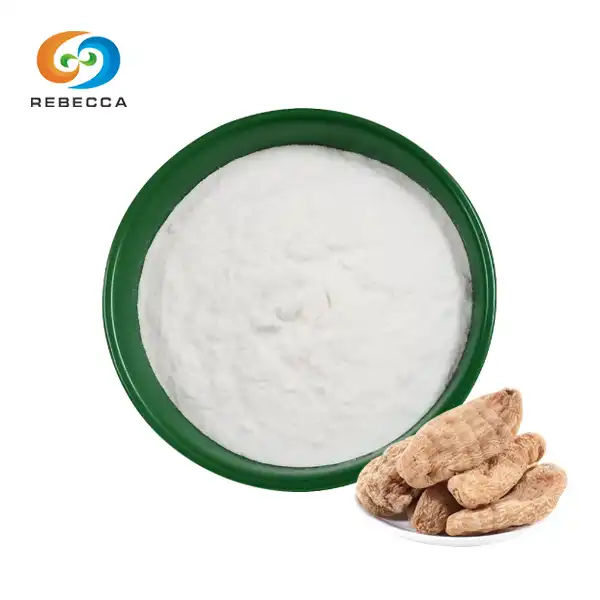
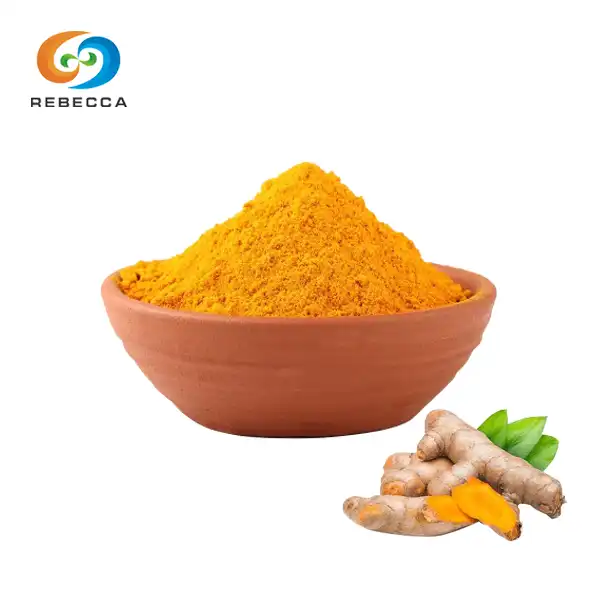
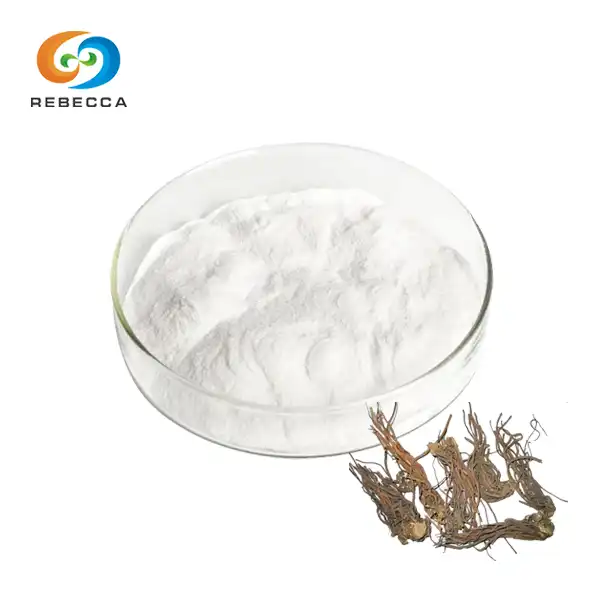
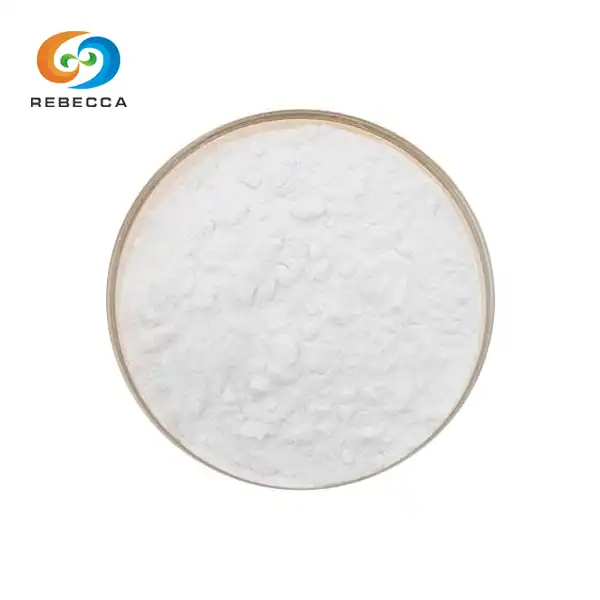
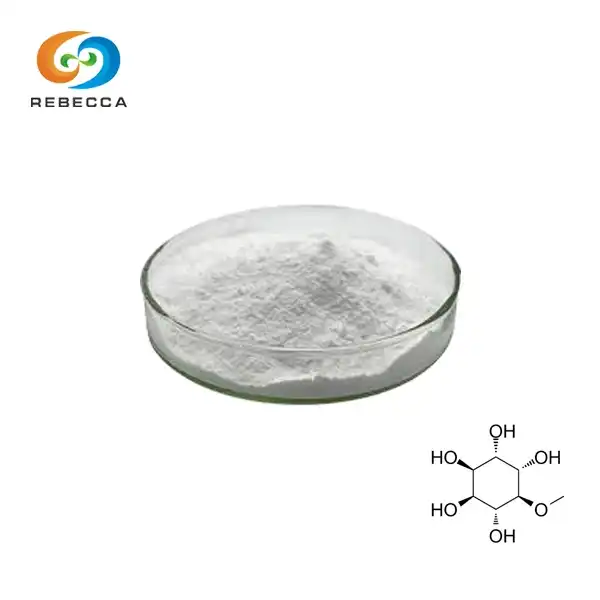
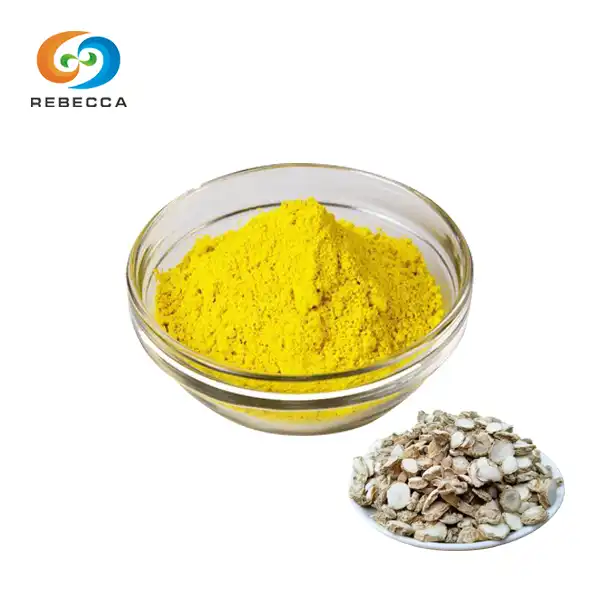
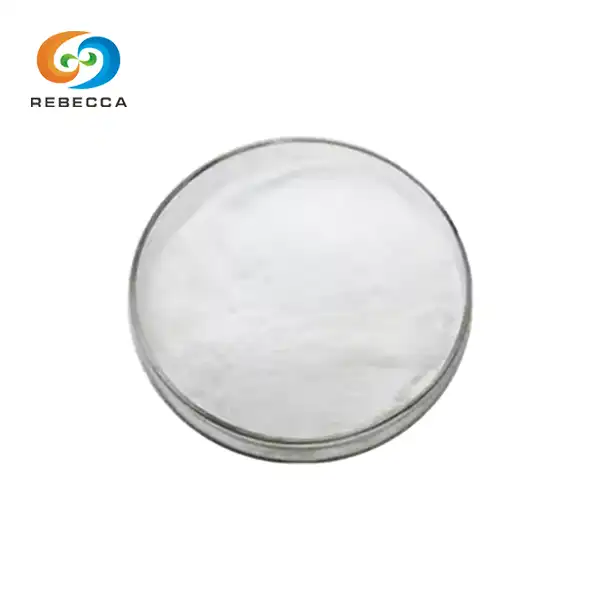
_1730079799361.webp)
